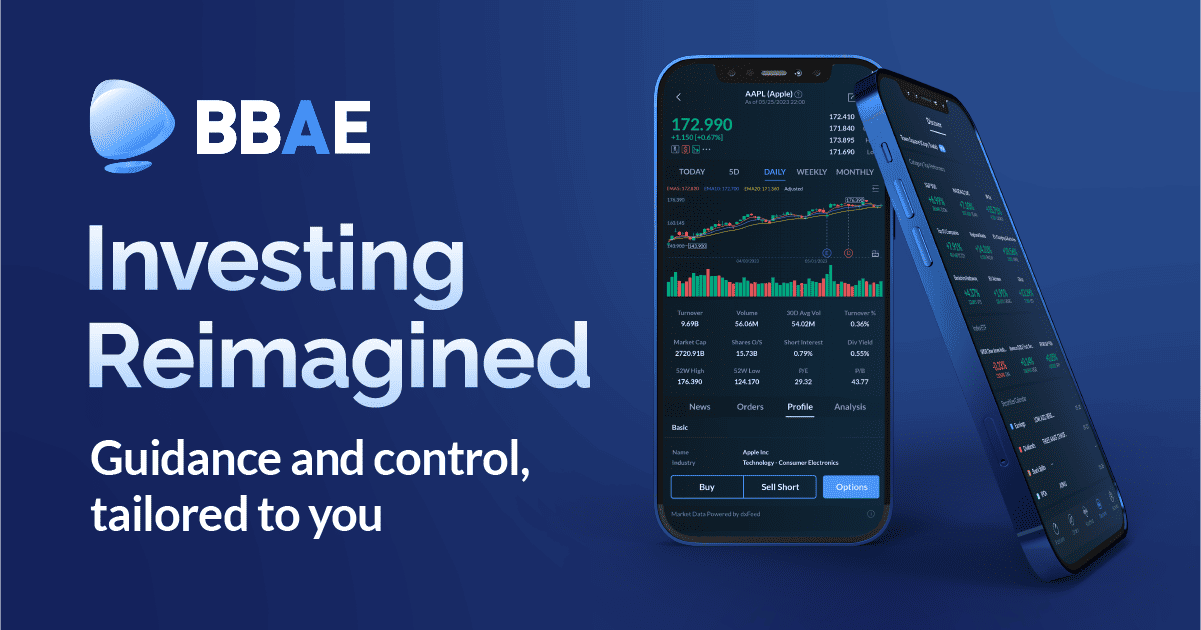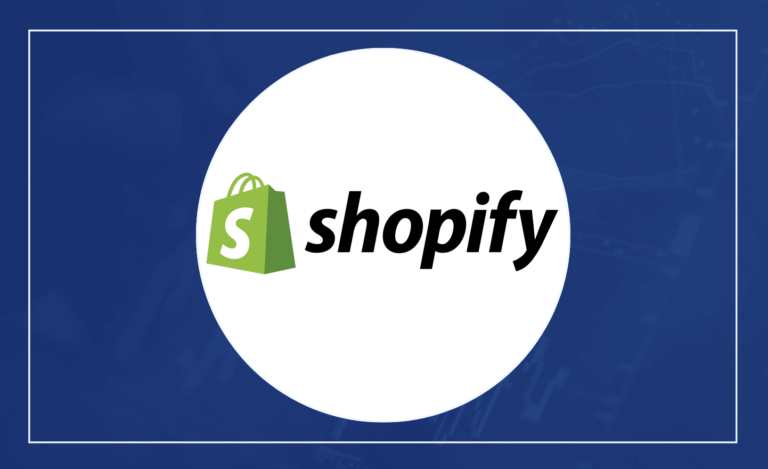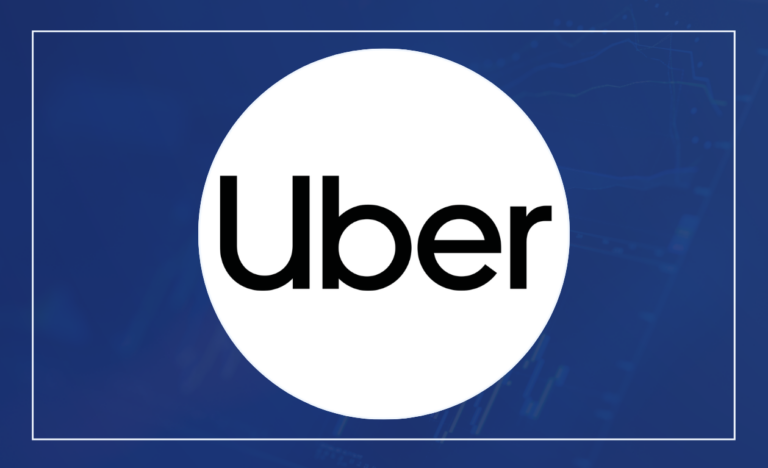Spotify (SPOT) – Earnings Review – April 27, 2024
Demand

- Beat revenue estimates by 1% & beat identical revenue guidance by 1%.
- FX neutral (FXN) revenue growth of 21% Y/Y accelerated by 1 point vs. last quarter.
- Its 19.2% 3-year revenue compounded annual growth rate (CAGR) compares to 19.1% last quarter and 19.3% 2 quarters ago.
- Met premium subscriber guidance.
- Slightly missed total monthly active user (MAU) guidance.


Source: Brad Freeman – SEC Filings, Company Presentations, and Company Press Releases
Profitability & Margins
- Beat 26.5% GAAP GPM estimates by 110 basis points (bps; 1 bps = 0.01%) & beat guidance by 120 bps. This was its first quarter of over €1 billion in gross profit.
- Beat EBIT estimates by 9.8% & missed EBIT guidance by 6.7%. This was driven by €82 million in “social charges” compared to €8 million in social charges baked into the guide. Sell-side had already adjusted. These are payroll taxes paid to employees. That expense is tied to share price. Share price rose a lot, so charges rose a lot. Maybe my favorite source of an EBIT miss ever.
- Operating expenses (OpEx) fell by 9% Y/Y. Without any social charges or restructuring charges, OpEx fell by 13% Y/Y.
- Beat free cash flow (FCF) estimates by 15%.
- Beat €0.63 GAAP EPS estimates by €0.34.



Source: Brad Freeman – SEC Filings, Company Presentations, and Company Press Releases
Balance Sheet
- €4.7B in cash, equivalents & investments.
- No debt; $1.27 billion in convertible notes that will soon mature.
- Basic shares +2.3% Y/Y. Diluted shares +5.3% Y/Y.
Next Quarter Guidance & Valuation
- Beat revenue estimates by 1.3%.
- Beat 26.7% GAAP GPM estimates by 140 bps. That’s a large beat here.
- Beat EBIT estimates by 45%. €13M in social charges are baked into the EBIT guide.
- 16 million MAU adds; 6 million premium subscriber adds.
“We are well positioned to deliver on our 2022 investor day goals.” – Founder/CEO Daniel Ek
Spotify trades for 60x 2024 earnings. It did not earn any net income last year.
Call & Letter
Monthly Active Users:
The source of the MAU miss was understandable. Spotify continued to pull back on marketing spend throughout 2023 and into 2024. That pullback in 2023 was masked by strong product debuts, better-than-expected marketing efficiency, historically strong MAU adds, and competition exiting key markets towards the end of the year. Those temporary tailwinds went away this quarter as it continued to be prudent with marketing spend. That played out while it dealt with some operational disruption from layoffs earlier this year. It thinks this disruption is now in the rear-view and it expects MAU additions to accelerate for the rest of 2024. As Ek pointed out, Spotify has demonstrated a great ability to evolve focus areas as changing times demand it. The firm leaned into top-of-funnel growth when money was free; it re-set its cost base effectively as macro got tougher; now it’s ready to get a bit more aggressive in marketing spend once more. Not nearly as aggressive as it was in 2021, but still more aggressive.
“The MAU growth we achieved in 2023 not only surpassed our most ambitious forecast, but also set a record for the most significant user growth in Spotify’s history. While we anticipate continued robust growth going forward, 2023 was a truly standout year and should not be an expectation for every subsequent year.” – Founder/CEO Daniel Ek
Premium Business:
While MAU results were a tad light, premium subscriber growth was not. Total subscribers met expectations with its Family and Duo (2 people) plans leading the strength. These plans come with lower churn vs. individual subscriptions, making this trend positive for multiple reasons. Revenue per premium user continued to accelerate by a full 200 bps Q/Q. This was helped by price hikes, but also hurt by geographic mix toward lower propensity to spend nations.
A key theme of the call was “pricing-to-value.” Spotify, over the last few years, has transformed itself from a mono-line music business, to one that’s now a powerful podcasting and (already) audiobook player. It has debuted video, short-form music discovery and its AI DJ to more intelligently match content with tastes. It also just launched “Song Psychic” to get conversational answers to questions via custom song (a little weird). These additional product consumption avenues create two compelling opportunities for better monetization. First, more value justifies higher prices. It will keep adding value and will keep pricing to that value. Simple enough. Secondly, the incremental offerings create more flexibility with subscription packaging. It allows Spotify to offer bundles and á la carte style purchasing as well (like its $9.99 audiobook-only plan).
“You will see more tiers that create incremental consumer flexibility to opt into the type of deal they believe offers the greatest value for them… We’re no longer a one-trick pony.” – Founder/CEO Daniel Ek
There’s another interesting product expansion opportunity here. Spotify is quickly being pulled into the digital education space, just like it was with audiobooks. If you recall, Spotify entered audiobooks first in Germany, where music labels had more aggregated rights to audiobook content. Publishers were adding their own books and seeing great traction. So? Spotify developed a product offering internally to ensure the processes were slicker and more intuitive… and to ensure it got a larger piece of that pie. The audiobook introduction is already raising weekly engagement levels by more than 1 hour. More engagement = more value = more pricing power. The same thing is now playing out in education. Podcasters are “hacking the system in a positive way” to game it and do more things. They’re teaching guitar and DJ classes and are having great early success. Spotify is now developing internal products to manage and host this in a higher quality way.
- Premium revenue growth was 20% Y/Y (21% FX neutral (FXN) growth).
- Premium subscribers rose by 14% Y/Y while revenue per subscriber rose by 5% Y/Y.
- Growth was above 13% everywhere and accelerated in all geos besides North America and Europe.
- Gross margins were strengthened by price hikes. Still, improving music and podcasting profitability were two additional, more consistent tailwinds. Gross margin is still being held back by investments to build out its audiobook business.
Ad-Based Business:
While advertising is still a much smaller piece of Spotify, its growth rate (18% Y/Y) is quickly approaching the premium arm. That’s even as programmatic, biddable impressions still make up a small portion of its ad revenue. Continuing to raise that proportion of highly targeted, granular impressions will directly prop up ad rates. That tailwind is basically entirely in front of Spotify… as it also continues to quickly grow impressions. Good combination. While the pricing environment for music is strong, podcasting remained softer, just like last quarter. Nonetheless, strong impression growth allowed both music and podcasting to enjoy healthy growth in excess of 10% Y/Y.
The Spotify Audience Network (SPAN) is Spotify’s way of serving as a conduit between buyers and platform publishers across most podcasting apps. This enjoyed 10% Q/Q growth in participating publishers following expansion into 5 new countries last quarter.
Take
As I’ve been vocal about on social media recently, this company has impressed me deeply over the last year. There aren’t many non-mega-cap firms that can slash their cost base without a negative demand impact. Spotify proved that they’re one of those companies… like Airbnb in 2020… like Uber and Shopify in 2022-2023… like Block right now… they have firmly placed themselves in that rare category. Spotify competes with multiple mega-cap tech firms with somewhat similar products. Differentiation here, to me, seemed tough to establish. Spotify did not get that memo and has figured out a way to outcompete richer companies with larger consumer networks than it currently has. Surprising… impressive… strong. Congratulations to shareholders on what has become a remarkable turnaround.











